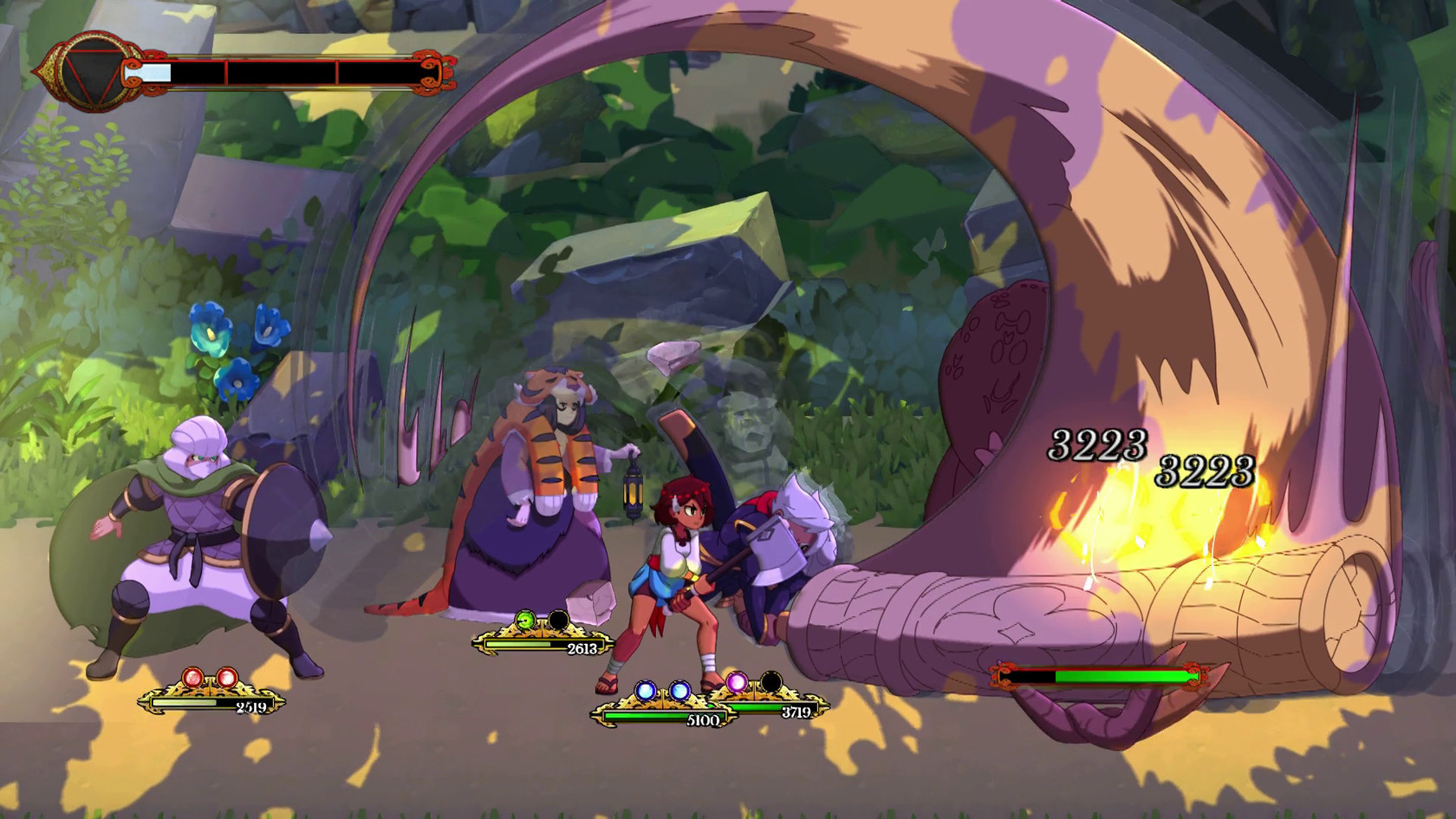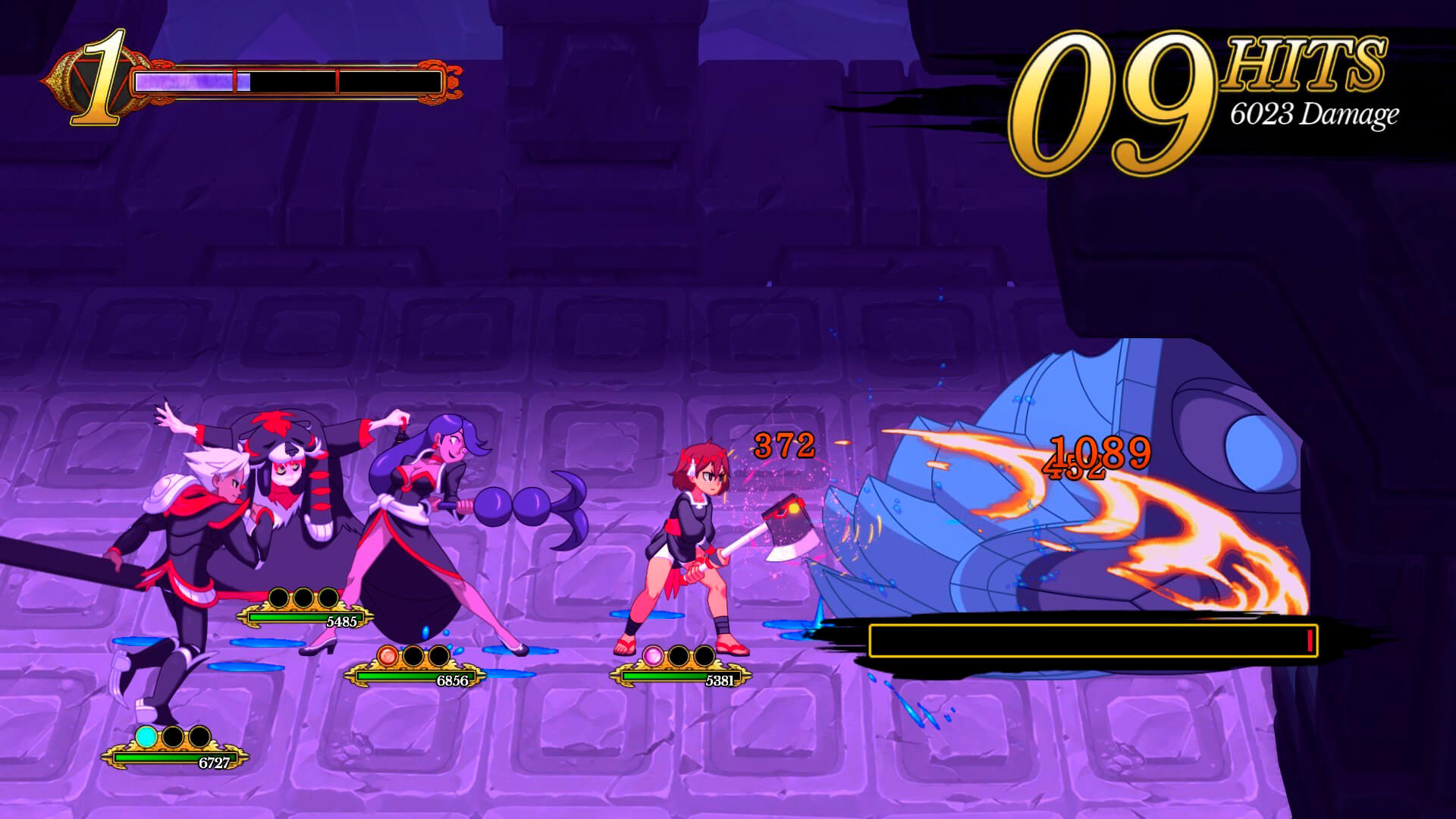Indivisible is an action-packed new RPG from developer Lab Zero, creators of the critically acclaimed Skullgirls! The NS6 comes with license authentication for both Serato ITCH and Serato DJ, Serato's latest professional software release. Mac OS 10.12-10.14 Driver v3.3.11.
Nov 20, 2020 Turn on your Mac and continue to press and hold the power button as your Mac starts up. Release when you see the startup options window, which includes a gear icon labeled Options. Press Command (⌘)-D on your keyboard.
If you think your Mac might have a hardware issue, you can use Apple Diagnostics to help determine which hardware component might be at fault. Apple Diagnostics also suggests solutions and helps you contact Apple Support for assistance.
Prepare your Mac
- Shut down your Mac.
- Disconnect all external devices except keyboard, mouse, display, Ethernet connection (if applicable), and connection to AC power.
- Make sure that your Mac is on a hard, flat, stable surface with good ventilation.
Start Apple Diagnostics
Determine whether you're using a Mac with Apple silicon, then follow the appropriate steps:
Apple silicon
- Turn on your Mac and continue to press and hold the power button as your Mac starts up.
- Release when you see the startup options window, which includes a gear icon labeled Options.
- Press Command (⌘)-D on your keyboard.
Intel processor
- Turn on your Mac, then immediately press and hold the D key on your keyboard as your Mac starts up.
- Release when you see a progress bar or you're asked to choose a language.
View the test results
Apple Diagnostics shows a progress bar while it's checking your Mac:
When testing is complete, Apple Diagnostics shows the results, including one or more reference codes. Learn about Apple Diagnostics reference codes.

To repeat the test, click 'Run the test again' or press Command-R.
To restart your Mac, click Restart or press R.
In the cards mac os. To shut down, click Shut Down or press S.
To get information about your service and support options, make sure that your Mac is connected to the internet, then click 'Get started' or press Command-G. Your Mac will restart to a webpage with more information. When you're done, choose Restart or Shut Down from the Apple menu.
Learn more
On an Intel-based Mac, if you can't start Apple Diagnostics with the D key, try these solutions:
- Press and hold Option-D at startup to use Apple Diagnostics over the internet.
- Make sure that your Mac isn't using a firmware password.
After 15 years, Apple will again transition the Mac to a new architecture. The company announced at its developer conference today that it will introduce Macs featuring Apple-designed, ARM-based processors similar to those already used in the iPhone and iPad.
Tim Cook pegged this switch as one of the four biggest transitions the Mac has ever had. Alongside the move to PowerPC, the move to Intel, and the transition to Mac OS X, ARM will be one of the biggest Mac changes ever. Pong (itch) (josephc) mac os. Apple is promising 'a whole new level of performance' with a 'Family of Mac SoCs.
Longtime Apple users have been through all this before, with the transition from PowerPC to Intel and now for Intel x86 to ARM. All the big platform transition hits are coming back. The transition to ARM from x86 means that some Mac apps will be native and some won't. For apps that support both x86 and ARM, Apple is introducing the 'Universal 2' binary that will package both codebases together. For apps that haven't made the transition to ARM yet, the Rosetta emulator is back as 'Rosetta 2' and will now let x86 apps run on your ARM Mac, albeit with reduced performance.
For the new macOS 11 Big Sur, all of the included apps are adding native ARM binaries. Xcode developers can 'just open their apps and recompile' to get an ARM binary. Microsoft Office and Adobe Photoshop were demoed as native ARM apps. Final Cut Pro has an ARM version too, along with features that run on the 'Neural Engine' in the Apple SoC.iPhone and iPad apps can now run natively on the Mac, which will not only be great for developers but will give users access to all their favorite apps. iOS apps will all show up on the Mac App Store from day one, and while Apple didn't make a huge deal about this, that sounds like a huge explosion of apps in the Mac App Store.
AdvertisementThe key announcement was the timeline: The first Mac with Apple silicon will happen by the end of the year, with the whole Intel-to-ARM transition taking around 2 years. Expect to see new Intel-based macs come out in the near future.

To repeat the test, click 'Run the test again' or press Command-R.
To restart your Mac, click Restart or press R.
In the cards mac os. To shut down, click Shut Down or press S.
To get information about your service and support options, make sure that your Mac is connected to the internet, then click 'Get started' or press Command-G. Your Mac will restart to a webpage with more information. When you're done, choose Restart or Shut Down from the Apple menu.
Learn more
On an Intel-based Mac, if you can't start Apple Diagnostics with the D key, try these solutions:
- Press and hold Option-D at startup to use Apple Diagnostics over the internet.
- Make sure that your Mac isn't using a firmware password.
After 15 years, Apple will again transition the Mac to a new architecture. The company announced at its developer conference today that it will introduce Macs featuring Apple-designed, ARM-based processors similar to those already used in the iPhone and iPad.
Tim Cook pegged this switch as one of the four biggest transitions the Mac has ever had. Alongside the move to PowerPC, the move to Intel, and the transition to Mac OS X, ARM will be one of the biggest Mac changes ever. Pong (itch) (josephc) mac os. Apple is promising 'a whole new level of performance' with a 'Family of Mac SoCs.
Longtime Apple users have been through all this before, with the transition from PowerPC to Intel and now for Intel x86 to ARM. All the big platform transition hits are coming back. The transition to ARM from x86 means that some Mac apps will be native and some won't. For apps that support both x86 and ARM, Apple is introducing the 'Universal 2' binary that will package both codebases together. For apps that haven't made the transition to ARM yet, the Rosetta emulator is back as 'Rosetta 2' and will now let x86 apps run on your ARM Mac, albeit with reduced performance.
For the new macOS 11 Big Sur, all of the included apps are adding native ARM binaries. Xcode developers can 'just open their apps and recompile' to get an ARM binary. Microsoft Office and Adobe Photoshop were demoed as native ARM apps. Final Cut Pro has an ARM version too, along with features that run on the 'Neural Engine' in the Apple SoC.iPhone and iPad apps can now run natively on the Mac, which will not only be great for developers but will give users access to all their favorite apps. iOS apps will all show up on the Mac App Store from day one, and while Apple didn't make a huge deal about this, that sounds like a huge explosion of apps in the Mac App Store.
AdvertisementThe key announcement was the timeline: The first Mac with Apple silicon will happen by the end of the year, with the whole Intel-to-ARM transition taking around 2 years. Expect to see new Intel-based macs come out in the near future.
Indivisible (itch) Mac Os X
To help developers with the transition, Apple announced what is technically the first ARM Mac ever: the 'Developer Transition Kit.' This is a Mac Mini enclosure with an Apple A12Z SoC, the same SoC as an iPad Pro. As the name suggests, it's meant for developers who want to port their x86 apps to ARM macOS, and it comes with a beta version of Big Sur.
Apple's biggest market advantage comes to the Mac
This move has been predicted for years, as the upsides for Apple are clear. Cupertino has always valued tight integration of hardware, software, and services, but Macs have been outliers among Apple's products in their reliance on an outside party for the CPU. (iPhones and other Apple products do contain display panels, modems, and camera components made by other companies, though.)
Indivisible (itch) Mac Os Update
So far, Apple's chip division has excelled in every market it has entered. In the world of smartphones, the company's SoCs are easily a generation ahead of the best Qualcomm, Samsung, and MediaTek have to offer. Apple's most dominant smartphone showing is probably the iPhone SE, a $400 iPhone that will out-perform $1,200 Android phones thanks to the A13 Bionic SoC.
In smartwatches, Apple's chip division is one of the few companies making a viable smartwatch chip. The S5 SoC in the Apple Watch Series 5 gives the watch great performance and battery life, and the only other company with an even slightly competitive watch is Samsung, thanks to its own chip division. All the other Android competitors are reliant on Qualcomm for the future direction of their smartwatches, and since Qualcomm has opted to not compete in the smartwatch market, that entire market segment is basically dead.
AdvertisementLaptops and desktops are the next great frontier for Apple's chip division. That division will help the company avoid the same fate that has befallen Android smartwatch manufacturers: letting some other company dictate your product lineup. Apple's plans to update the Mac have often been stymied by Intel's product roadmap, and Intel does not make chips that serve all of Apple's design priorities. The new CPU will be just one part of an Apple-designed system-on-a-chip that would also include (among other things) an Apple GPU and a desktop version of Apple's Neural Engine machine learning and AI processor found in the iPhone and iPad.
Indivisible (itch) Mac Os Catalina
Apple's chip division has reached the point where it should be able to reliably compete with Intel on performance. The 2020 iPad Pro with an Apple A12Z SoC turns in comparable Geekbench numbers to a 2019 MacBook Pro with an Intel Core i9. An Apple SoC in a laptop, with a higher thermal budget, should do well, but Apple didn't offer any specifics yet.
Listing image by Apple
